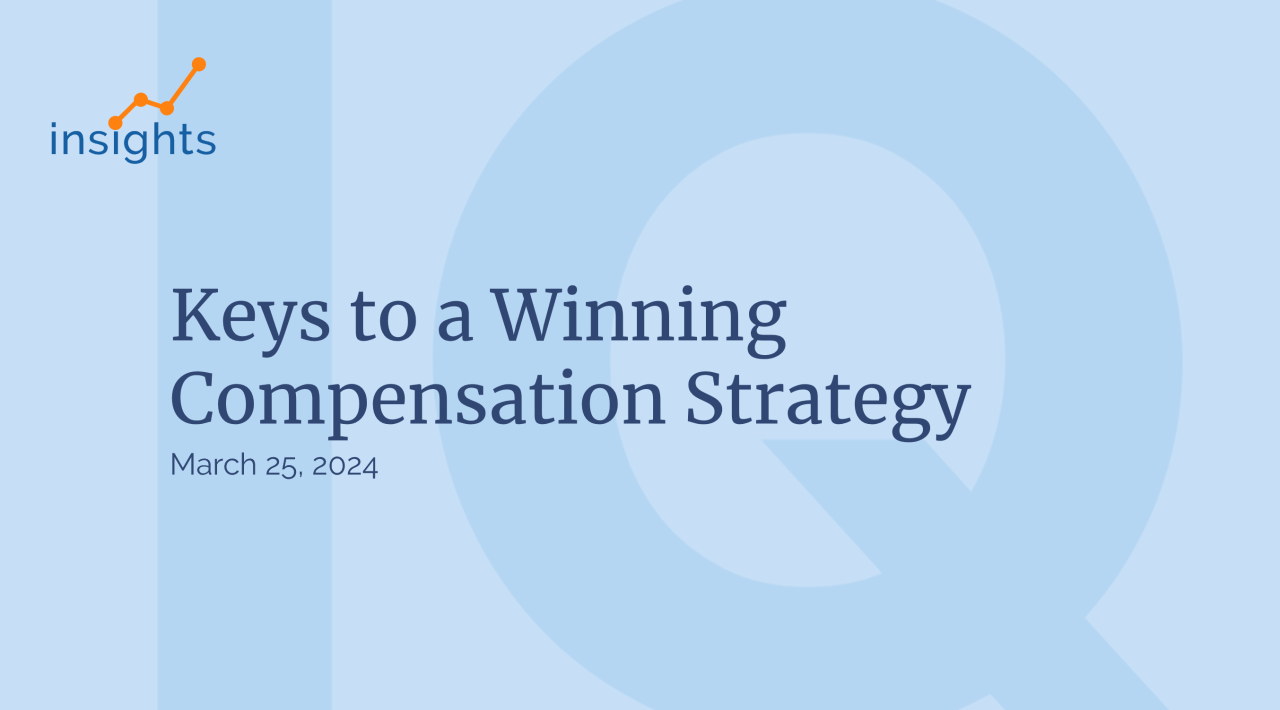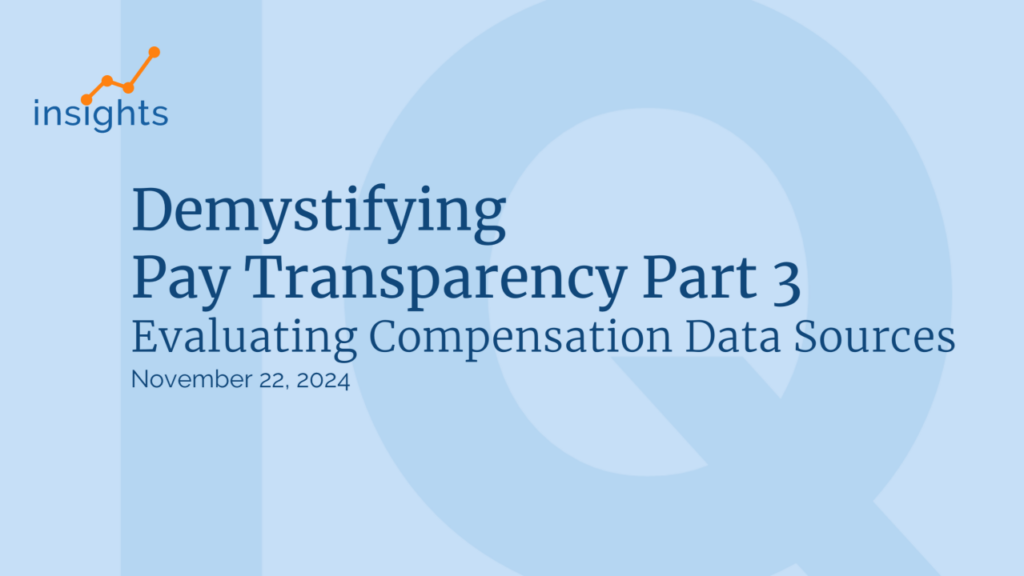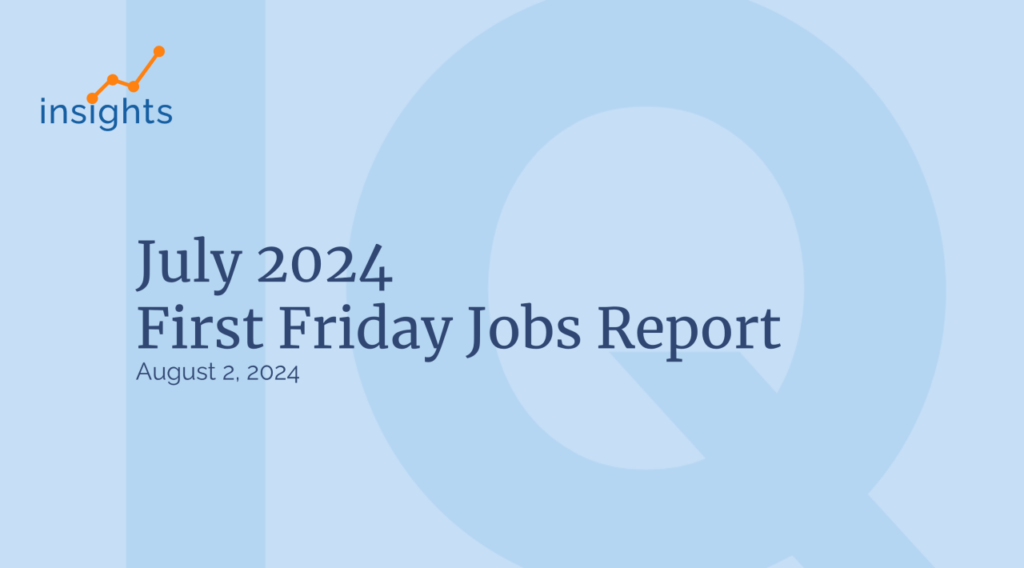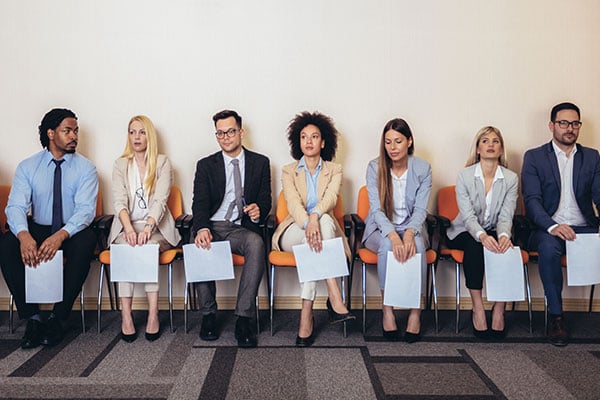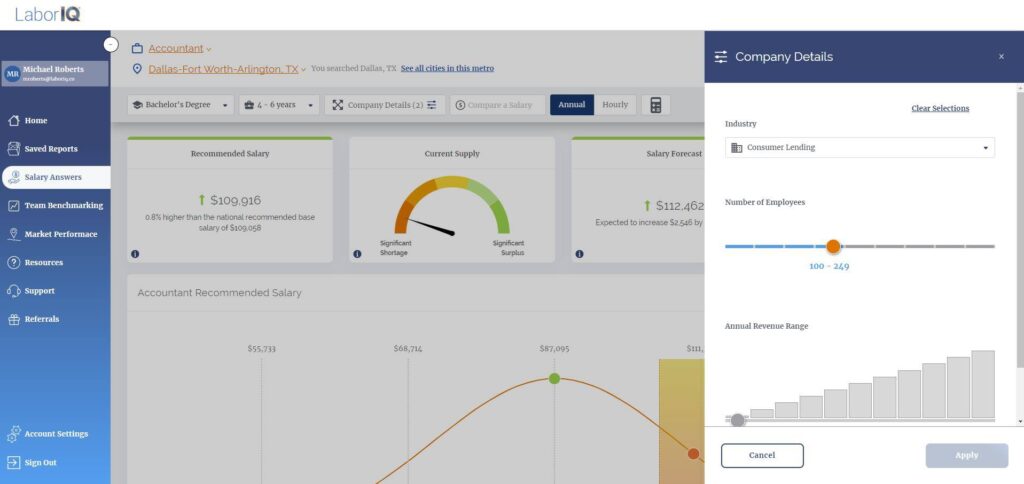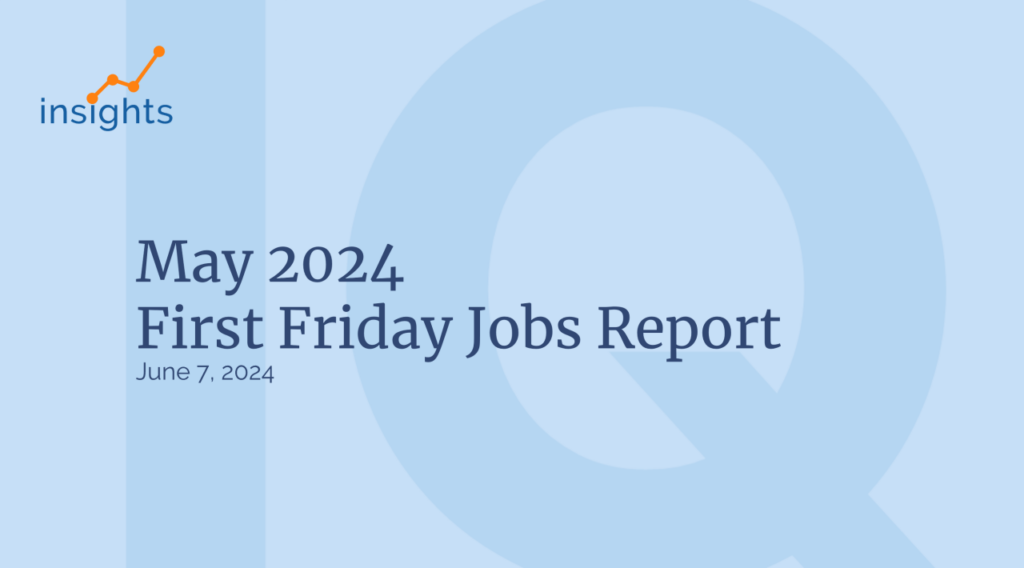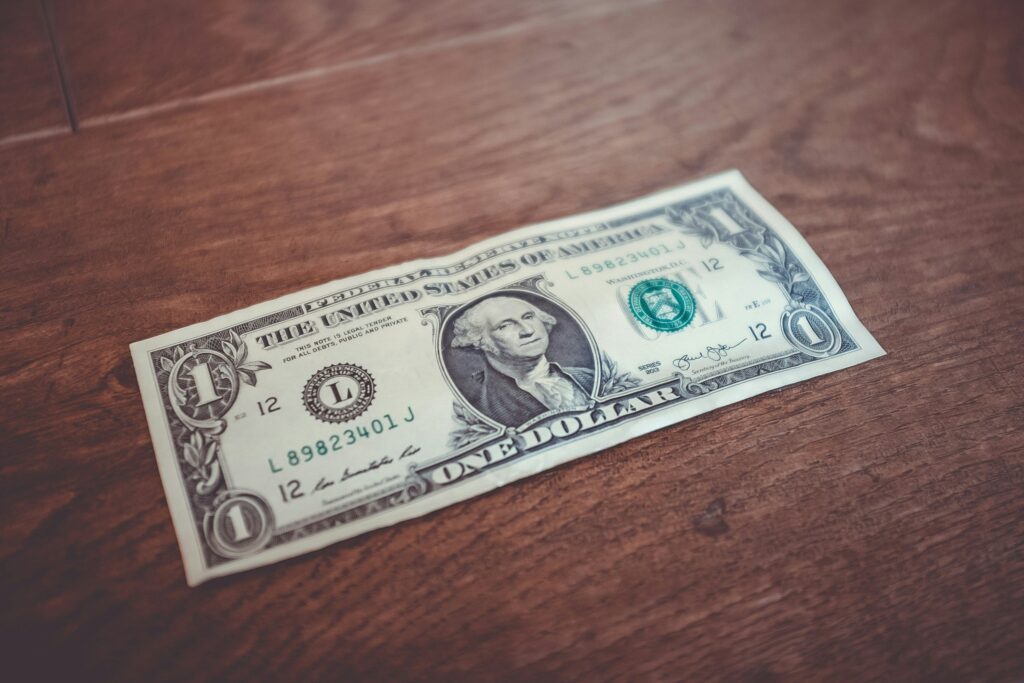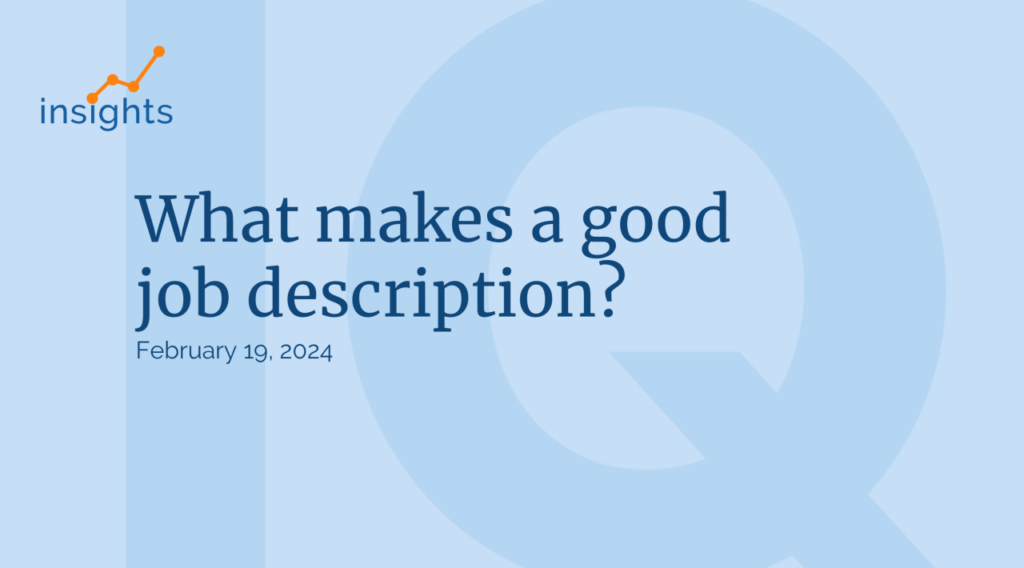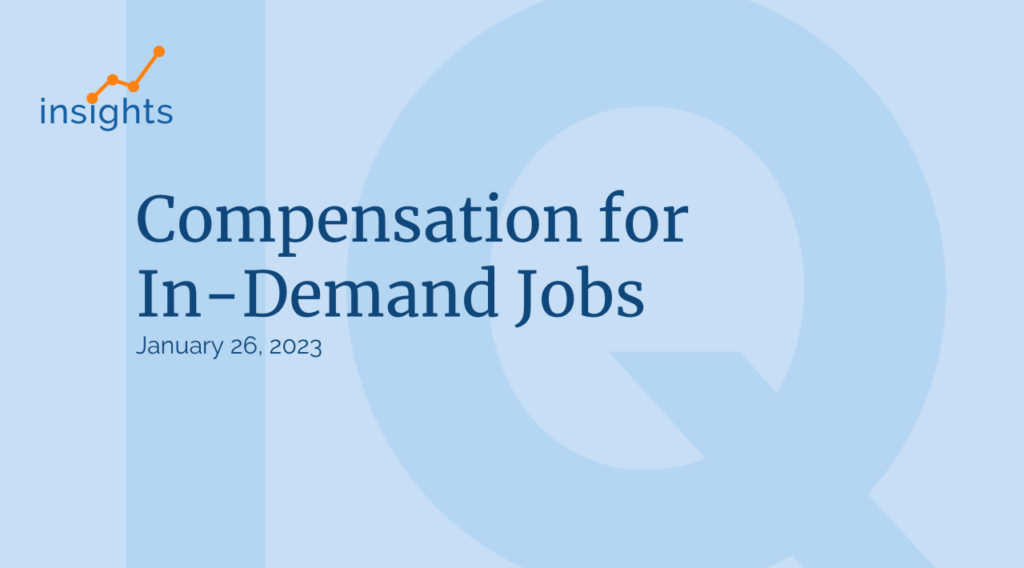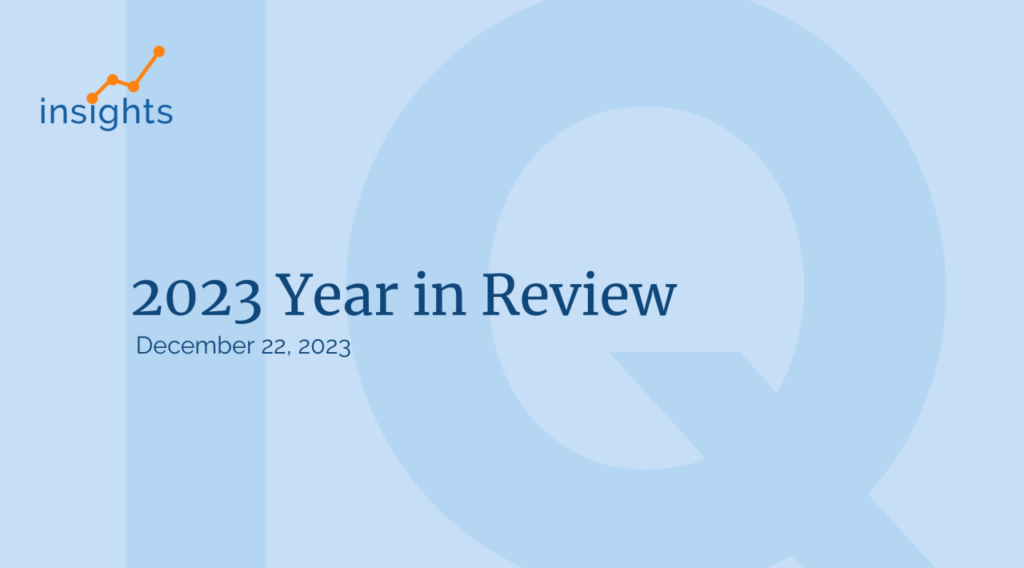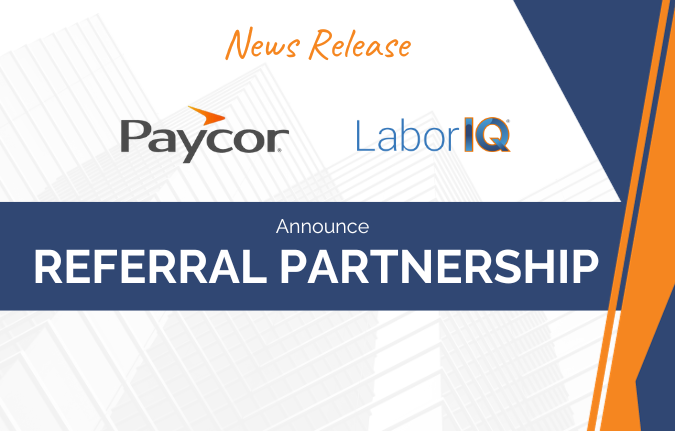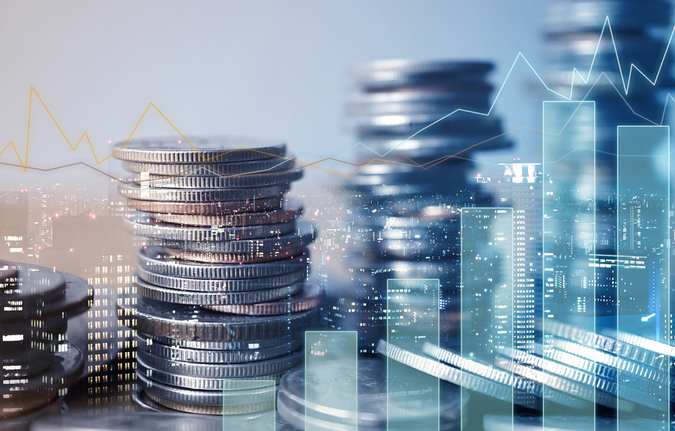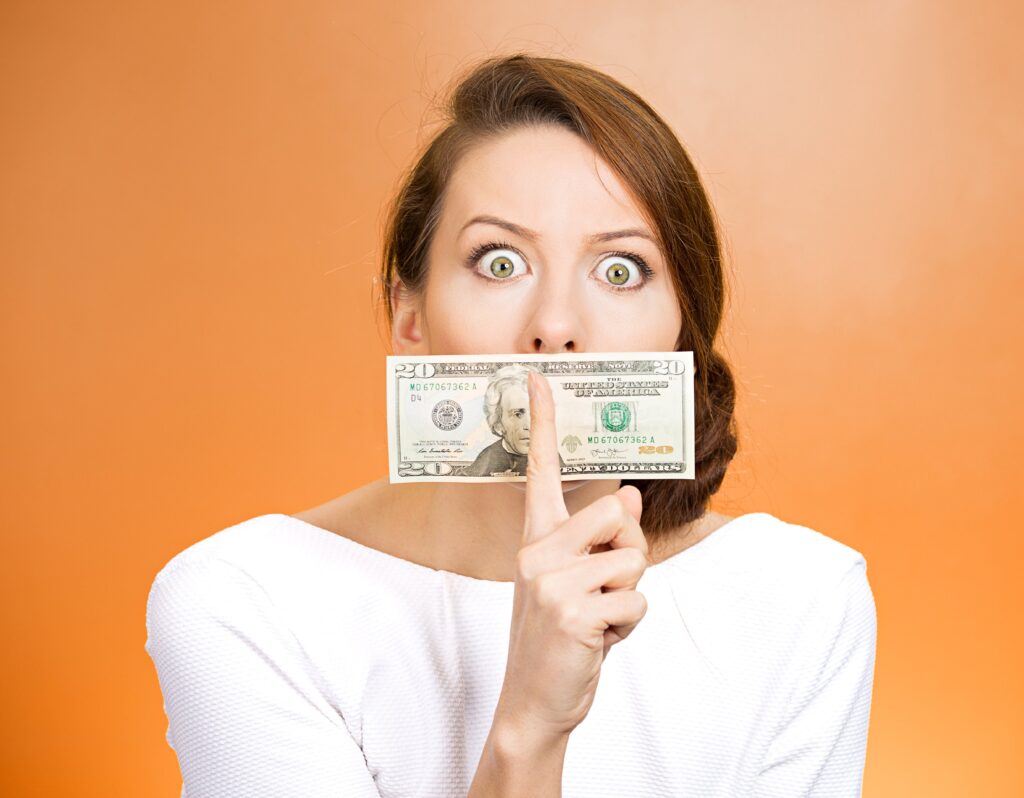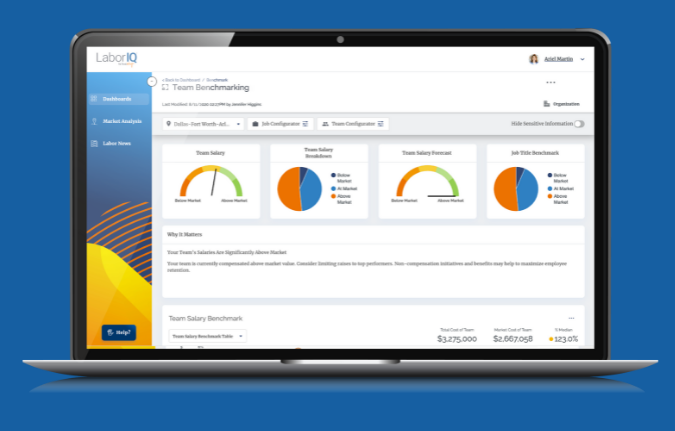If you don’t have an established comp strategy, or are concerned yours has some room for improvement, don’t worry.
This article, and our series on building a compensation strategy, offer insights for small- and medium-sized businesses and HR leaders.
If you’re just getting started, or maybe you’re a small team with little bandwidth to implement, it may feel overwhelming to go organization-wide.
Our advice is: start somewhere.
Identify a team or department where there have been challenges with compensation, hiring, or turnover to establish a compensation strategy framework within that group before making broad changes.
The Roadmap to Building Your Compensation Strategy
Compensation is the among the most important factors that employees weigh in making decisions about where to work. Without a well-defined compensation strategy, businesses may fall behind in attracting, retaining, and motivating top talent.
We’ll walk thorough the key steps in establishing a competitive compensation strategy:
- Understanding the connection between an organization’s culture and values.
- Conducting market research on compensation benchmarks.
- Crafting equitable pay structures to fit your business.
- Designing pay adjustments for your employees.
- Incorporating compensation into your brand.
- Putting your compensation strategy into action.
Understanding Culture and Values
We hear a lot about culture, especially in today’s labor market where businesses are focused on ways to attract and retain talent. An organization’s culture is the embodiment of the values, beliefs, and behaviors that shape the working environment. A business’ culture should be aligned with the desired goals, metrics, and outcomes used to measure success.
Your compensation strategy should be a true reflection of the culture.
Businesses in the tech industry may prioritize incentives that acknowledge innovation and product development while retaining top performers. Alternatively, companies in leisure and hospitality may adopt a compensation philosophy that focuses on enhancing customer experience and satisfaction.
Conducting Market Research
Your compensation philosophy should explicitly state how competitive your organization intends to be in the job market. Will you position yourself as a leader, a competitive player, or an organization that places emphasis on non-monetary rewards? Will you apply the same strategy to every job?
To determine what makes sense for your business, start by reviewing the competitive landscape. Pinpoint your industry, location, and organizational size. These factors significantly influence compensation standards.
What matters to your industry’s workforce? Analyze data on employee preferences regarding compensation expectations, benefits, work-life balance, and professional development. Understanding these factors will help ensure your compensation strategy aligns with employee expectations.
Then, collect market data to benchmark salaries and gauge how your compensation compares against the organizations with which you compete for talent.
Salary data quality matters when it comes to setting your compensation strategy.
LaborIQ does data differently. We have the largest, most representative salary data for the US workforce. And we apply a proprietary data science methodology to bring you today’s market salaries.
⚖️Crafting Equitable Pay Structures
Once you have your salary data, it’s time to do the most important work: translating it into plans and adjustments for your team. This is different for every organization. Paying near the high end of the market may not be realistic, depending on budget or compensation goals.
How will you determine salary differentiation across jobs, teams, and levels? Salary differentiation refers to the practice of setting salary levels for employees within an organization based on factors, such as roles, responsibilities, skills, and performance.
Ask yourself: What level of salary differentiation will exist within our organization?
- Substantial differences in pay based on skills and performance.
- Pay differences among employees are moderate, primarily based on performance and skills.
- Slight variations in compensation based on observable factors like seniority and skills.
Failing to clearly define and communicate a compensation strategy can lead to pay inequity, talent retention issues, inefficient resource allocation, and misalignment with an organization’s goals.
Many organizations use a combination of factors to create a customized compensation structure that fits their specific needs. Your organization’s stance on salary differentiation shapes salary structures and relates closely to salary benchmarking.
Designing Pay Adjustments
Market conditions, internal dynamics, and employee expectations are continually shifting. This means your compensation plans shouldn’t be static. With any compensation plan, especially in a dynamic labor market, it will be important to balance internal equity with external competitiveness.
Focusing on internal equity can foster an environment where employees feel valued and treated fairly, reducing turnover and enhancing job satisfaction. On the other hand, if adding new positions is a goal, an emphasis on external competitiveness may be necessary to attract top talent in a competitive market and ensure your organization remains an employer of choice.
If the pay for new hires starts to outpace that of existing employees, internal equity challenges will follow if compensation isn’t adjusted accordingly.
It’s important to specify how your organization deals with regional pay and cost-of-living disparities. In many cases, organizations utilize location-based pay strategies to provide competitive compensation packages that align with local market conditions.
Utilizing compensation data sources that provide visibility into local labor market conditions and talent availability allows organizations to determine competitive employee pay rates across the country.
Incorporating Compensation into Your Brand
Once you’ve crafted a compensation strategy, employees (and candidates) should understand how it works.
A well-designed compensation strategy can be a powerful tool for showcasing your organization to the world.
Your compensation strategy, along with how it’s communicated to employees and job candidates, can play an instrumental role in attracting and retaining talent by showcasing competitive salary ranges. Depending on your location, state and local legislation may mandate minimum disclosure requirements related to pay transparency.
Many businesses, even those not located in areas with pay transparency requirements, are opting to disclose pay ranges to applicants and current employees. In the US:
- 45% of workers live in an area with current or proposed pay transparency laws.
- 85% of candidates prefer job postings with pay ranges.
- 66% of employees would switch jobs to a company with established pay bands.
➡️Putting Your Plan into Action
Take the outcomes from each step, and begin to document them in a comprehensive salary compensation strategy. Work with the key stakeholders to make sure everyone is in agreement.

